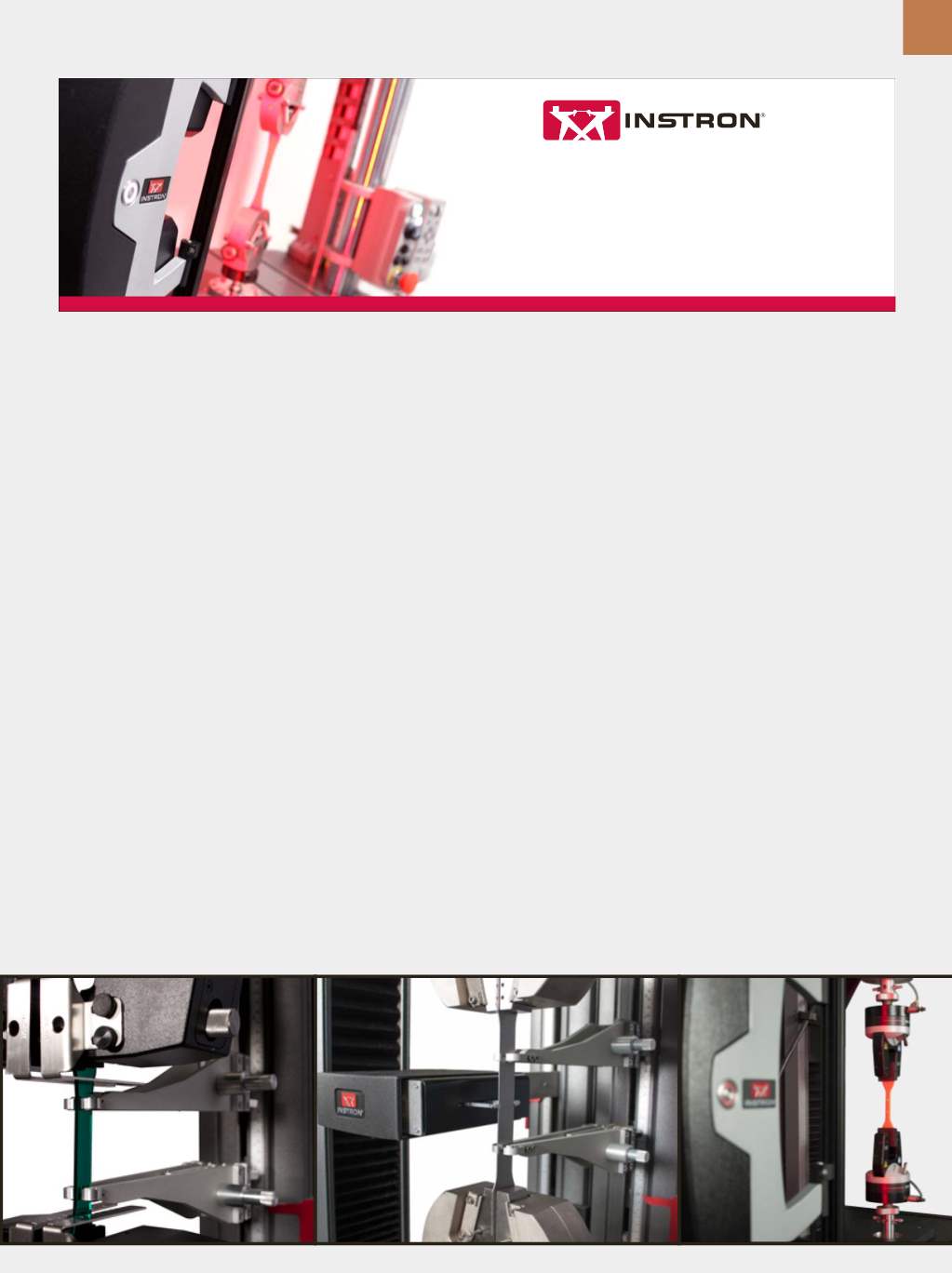

A D V A N C E D
M A T E R I A L S
&
P R O C E S S E S |
N O V E M B E R / D E C E M B E R
2 0 1 5
3 9
FATIGUE TESTING
William Mankins,
Metallurgical Services Inc.
F
atigue testing is used to predict the service life of com-
ponents subjected to cyclic loading as a function of ap-
plied stresses and cycles to failure and to determine the
fatigue-crack propagation rate of a cyclic-loaded component af-
ter a crack or flaw has been identified or produced in testing. It is
also used to evaluate actual machine components that undergo
cyclic loading service and measure the crack-growth characteris-
tics after initial cracking.
Applications include the determination of metallurgical ef-
fects (processing, heat treatments, and defects) on the fatigue
life of components, determination of fatigue life of components
resulting from design errors, determination of the effects of
welding/joining processes on the fatigue life of components,
and simulation of failure conditions for failure analysis.
SAMPLES
•
Form
: Solids (metals and alloys, polymers, composites,
glasses, and ceramics).
•
Size and shape
: Machined test specimens per requirements
of standard procedures; actual machine components and
large fully operational equipment (e.g., aircraft).
•
Preparation
: Specimens can be machined without a defect
to determine time/cycles to initiate a crack or cause failure.
Specimens can also be pre-cracked with the crack growth
time to create a critical or fatal flaw being measured.
LIMITATIONS
•
Creating a fatigue test specimen to duplicate actual
practice is a challenge.
•
Metallurgical variables in fatigue samples make it difficult
to duplicate testing results.
•
Metallurgical processing history (heat chemistries, mill process-
ing, or heat treatments) cause variability in fatigue test results.
•
Material variations and processing variables make it difficult
to achieve statistically significant reproducible fatigue data.
ESTIMATED ANALYSIS TIME
•
Preparation time for machined samples is estimated to be
a few hours (six to eight hours maximum).
•
Testing time is a function of the applied stress and number
of cycles; to determine an endurance limit of 10
6+
cycles (or
orders of magnitude greater) requires an extended period
of time.
•
State-of-the-art electromechanical and servohydraulic
fatigue testing systems are capable of high cyclic loading
rates and can shorten test times to a few hours.
RELATED TECHNIQUES
Corrosion fatigue
and
thermal fatigue testing
procedures,
which are realistic problems encountered in actual applications
and exacerbate the problem of obtaining accurate fatigue data.
Strain Testing Solutions for Fatigue Applications go.instron.com/aboutstrain

















